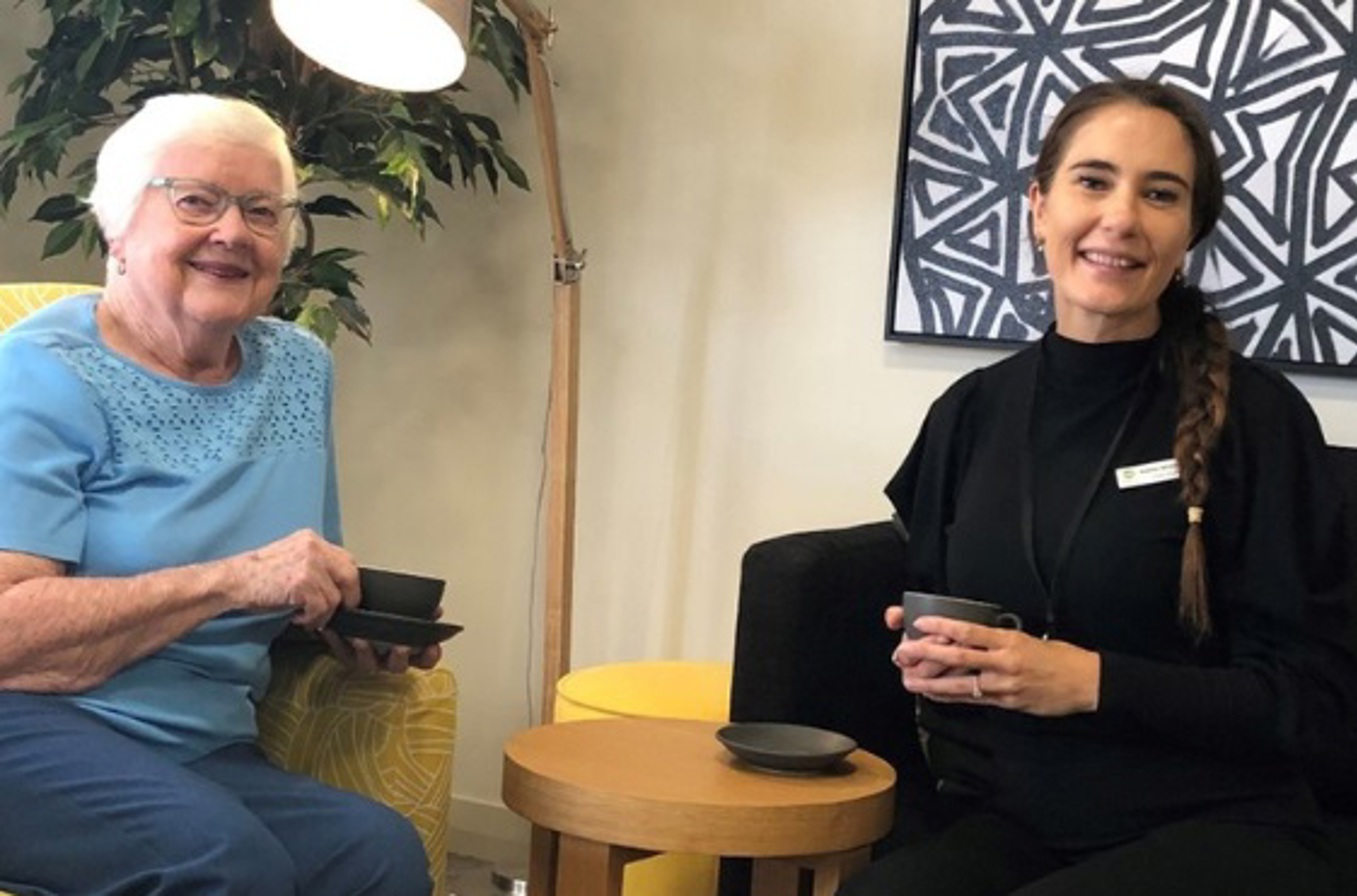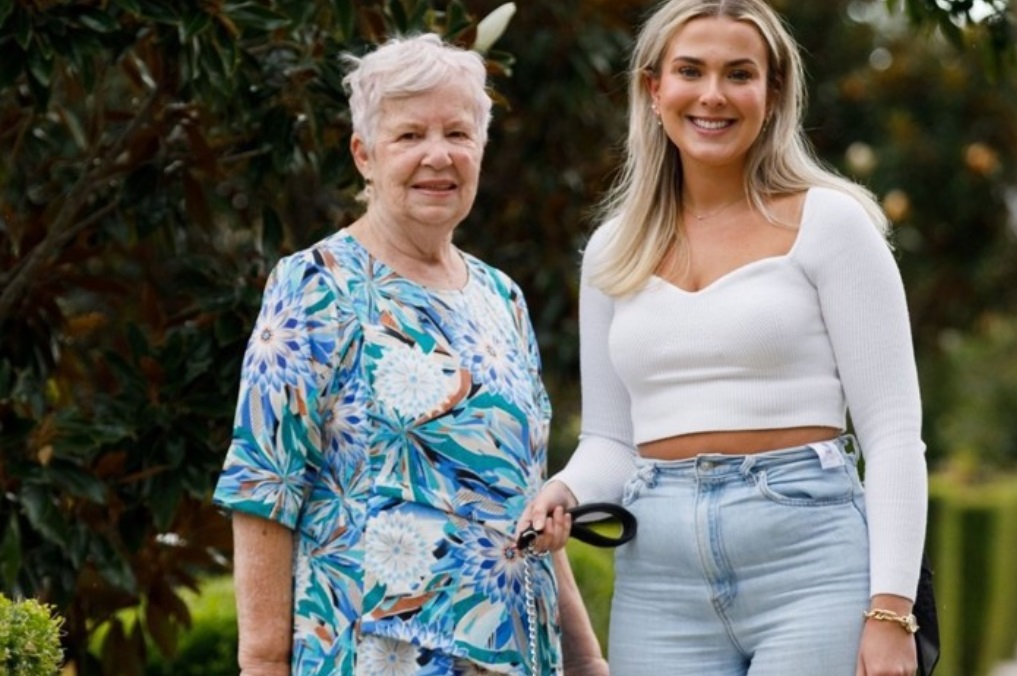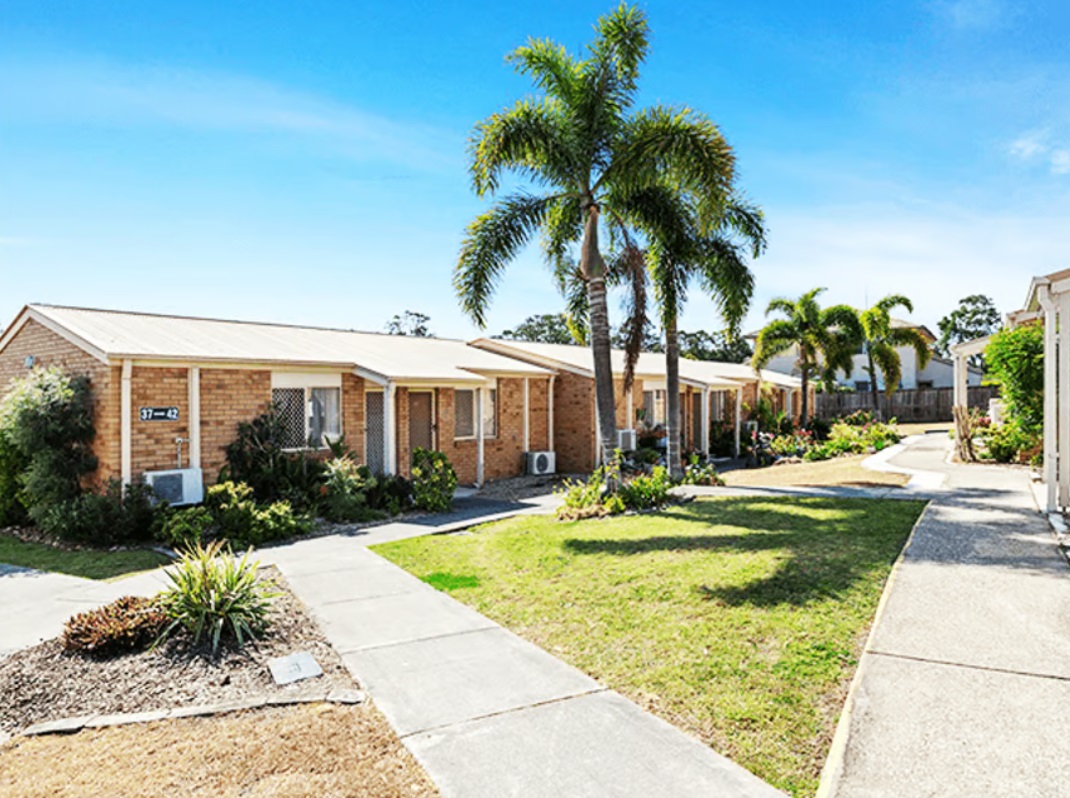Woman living with dementia describes what she wants in an aged care facility
26/10/2023

Gwenda Darling, who lives in the NSW Riverina region in south-western NSW, lives with behavioural variant frontotemporal dementia.
She has previously given evidence to the aged care Royal Commission about her experience – now she is helping the Government to advise aged care providers on how to design better aged care homes for people living with dementia.
"I was given a diagnosis with five years with medication, three without, and here I am, 11 years further on, and I’m still living my best life,” she told the Department of Health and Aged Care's Voice of Experience series.
How would Gwenda design a residential aged care facility?
"The first thing I'd look for if I was looking for an aged care home is for the outdoor space. I need to be able to get in and out smoothly with a walker or in a wheelchair, no steps, I also have an area where there is no grass, where there's just bare earth where I can put my feet and my hands in the earth,” she said.
Residential aged care facilities should be built in a square shape

“The veggie garden can be in the centre, there can be a grassed area in the centre, even a barbecue, wouldn’t it be nice to be able to gather round a barbecue and have that social connection if you want, and also your visitors can go there so they’re not confined to your room. And then you’ve got your little private area off your room, only has to be a couple of metres square, but just a little private area where you can go and sit in the sun,” she said.
"The most important thing, I think from an architectural point of view is colours. Please don't do them garish colours, dull colours, have areas definitively designed. Don’t have lighting so bright that we've got light pollution, lighting and sound pollution are two of the things that do people living with dementia heads in quicker than anything,” she said.
"Another thing is labels, I find if you're visiting someone or if you’re people living in essential care, there has to be some label that connects to where you are, and really, it's about placement by staff in appropriate areas. I think for me to recognise my room, it would be really important to not only have the colour on the door, but also to have something like a memory keepers’ box. It's a box that’s about an inch deep, and it's got a few treasures, it may have my mother's brooch, it may have something else. But you can look and you can recognise it and then link it to your room.”
She concluded that the best designed doors she has seen are barn doors-types.
“Because you can lock the bottom door part, lie in your bed, you can see people going past, but you feel safe. Staff know how to get in, I can always get out with a safety latch, but I really think that colour and the split doors are so important to getting in and out. I need to feel secure in my own bed but not feel trapped. There’s nothing worse than feeling trapped.”
The importance of pets
“From a design point of view, I think it's important that people are able to take their pets into residential aged care communities, there is a safe area off their room where we can allow our pets to roam. You also can go in and out yourself without having to go through the dining room,” Gwenda said.
“And what else is important inside is lots of shelves for photos, but the photos go at eye height when you're lying on the bed, or when you're sitting, the photos are at eye height. There needs to be a bench along one wall that you can sit at if you want, but if not, families can leave things like your cake tin, your other treasures. Bringing treasures from home is so important to keeping me present. I do think that the dementia clock should be built into the wall, that says the date, the time, the temperature, the month, and they should be a standard fixture like a television.
Watch the full interview on YouTube: https://www.youtube.com/watch?v=P4BqMyrmljw
Are you looking for an aged care place now for yourself or a loved one?
View listings and resources at agedcare101.














